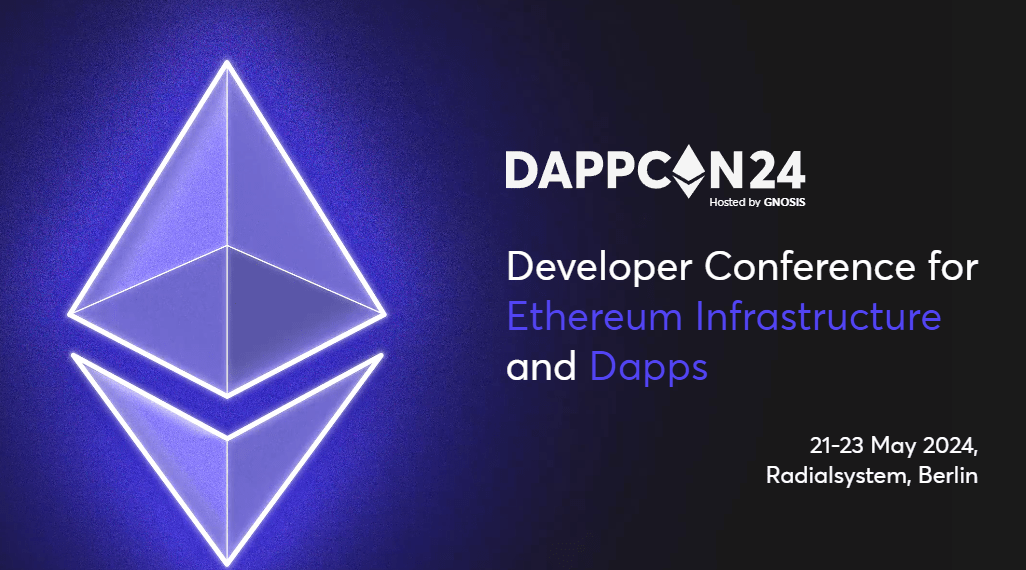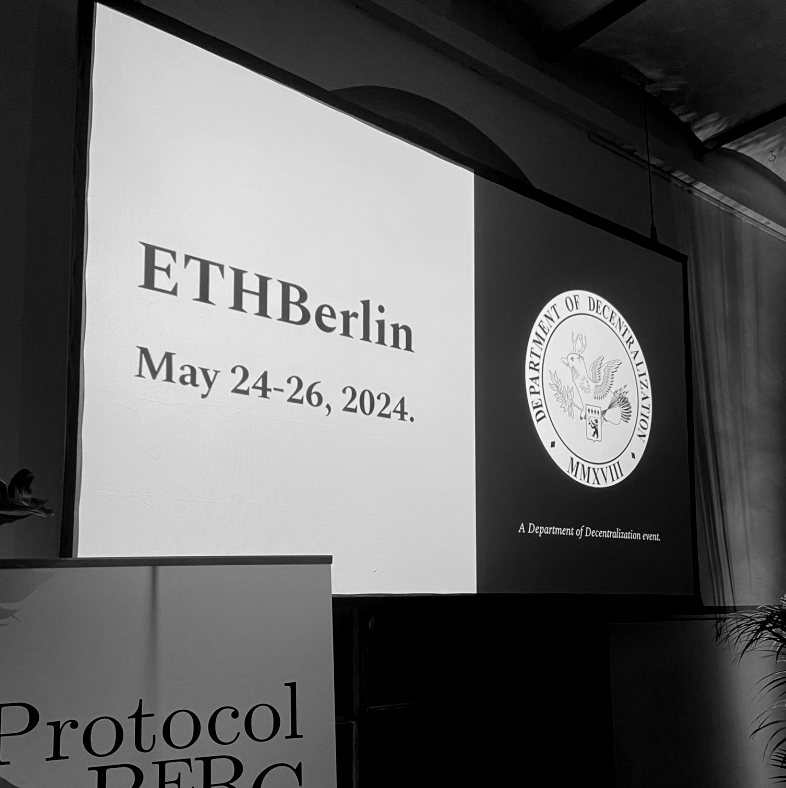Understanding MOI Protocol:
MOI Protocol = My Own Internet, the core principle of MOI Protocol is to emphasize the importance of the context in interactions and what sets it apart from other blockchain projects is its general-purpose capabilities that centered around participants. Let’s delve into the project.
Imagine your virtual assistant not just reminding you of your dentist appointment but also understanding the need for ice cream post-appointment is non-negotiable! Our devices aren’t just getting smarter, they are now practically becoming mind readers.
Contextual computing (or “context-aware computing”) as this is called, acts like “our sixth, seventh, and eighth senses” with the power to tap into preferences, habits, and desires. While computers have been contextually aware for a while now, MOI Protocol is building a user-owned utopia by enabling a context-aware general-purpose blockchain network.
What is MOI Protocol?
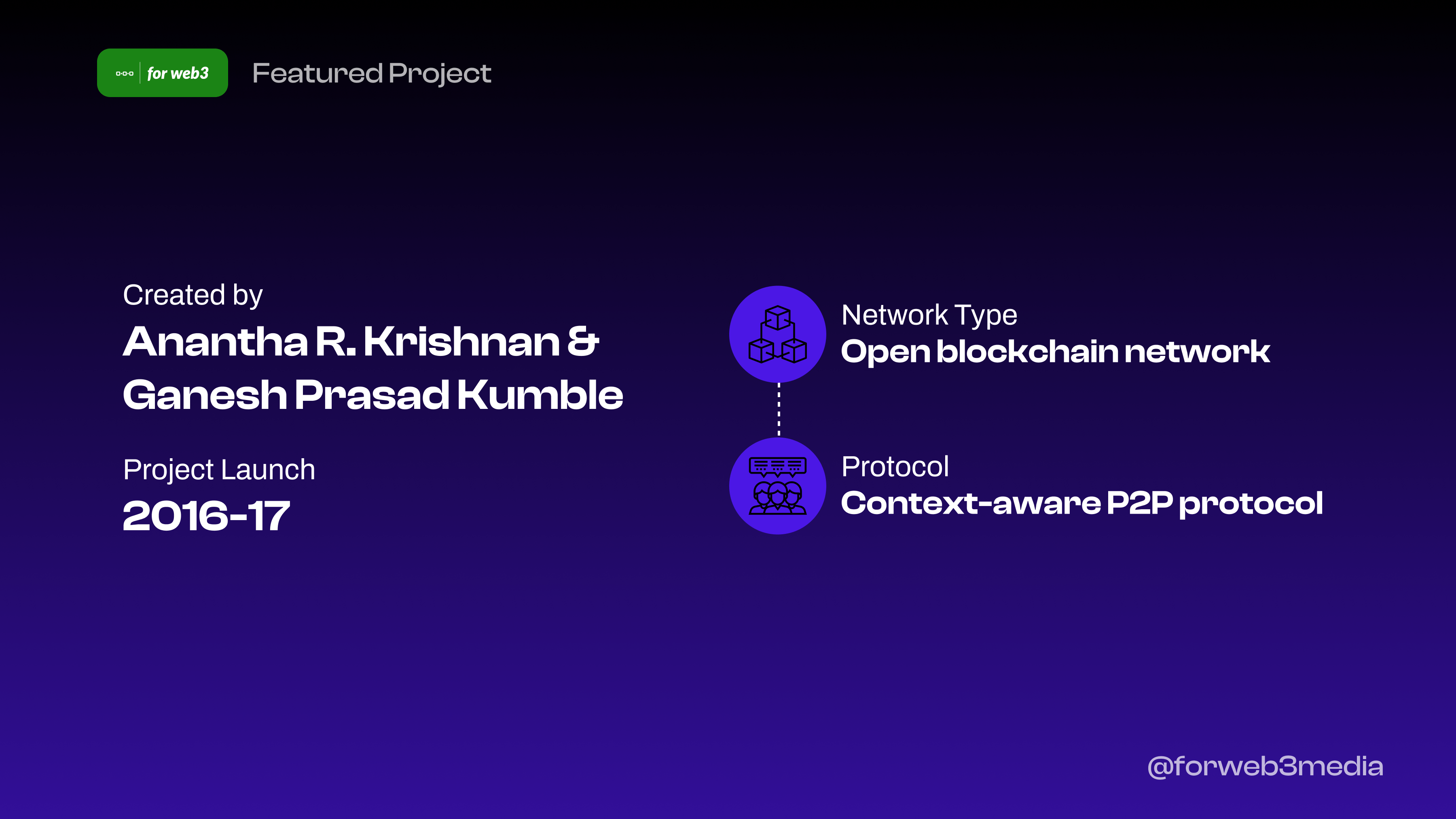
Founded in 2016-17, MOI Protocol is the brainchild of visionaries Anantha R. Krishnan & Ganesh Prasad Kumble, and is the world’s first context-aware P2P protocol and open blockchain network.
With its efforts to decentralize the system under which today’s digital environment is developed, the project believes in a value-centric approach instead of app-centric. This highlights the current state of blockchain solutions that are becoming increasingly multi-dimensional, dynamic, and sophisticated. MOI Protocol aims to create a blockchain network that is adaptable to each user’s unique needs, ensuring a more democratic, equitable, and sustainable digital interaction environment. It provides a user-focused solution using the following components:
Participant centric consensus (PoXt)
PoXt is a unique consensus mechanism based on the user’s context and is created dynamically to agree on state transitions; similar to decisions that are based on personalized information rather than general rules.
It’s a part of the Interaction State Machine (ISM) technology that powers the MOI blockchain. A key feature of PoXt includes user ownership & management, where users can own and manage all aspects of their transactions and be in control of their data and value exchange.
Multi-level Composite DAG (MDAG)
MDAG is a patented technology and participant-centric intelligent data structure that enables MOI Protocol to support billions of interactions and digital assets. Think of a complex organizer that keeps track of different aspects of user interactions.
It independently manages the compute, storage, and multi-dimensional values of interactions. MDAG provides flexibility and scalability for various business contexts while solving data structure limitations.
PISA
PISA is an EVM-based execution environment that enables context-optimized computation. It is an important component of MOI Protocol that supports four orders of state management:
- Order 1: Code-less. No code State Management
- Order 2: Network Coded. Protocol-enabled State Management
- Order 3: User Coded. Logic-enabled State Management
- Order 4: Dynamically coded. Personalized state Management
Why MOI Protocol?
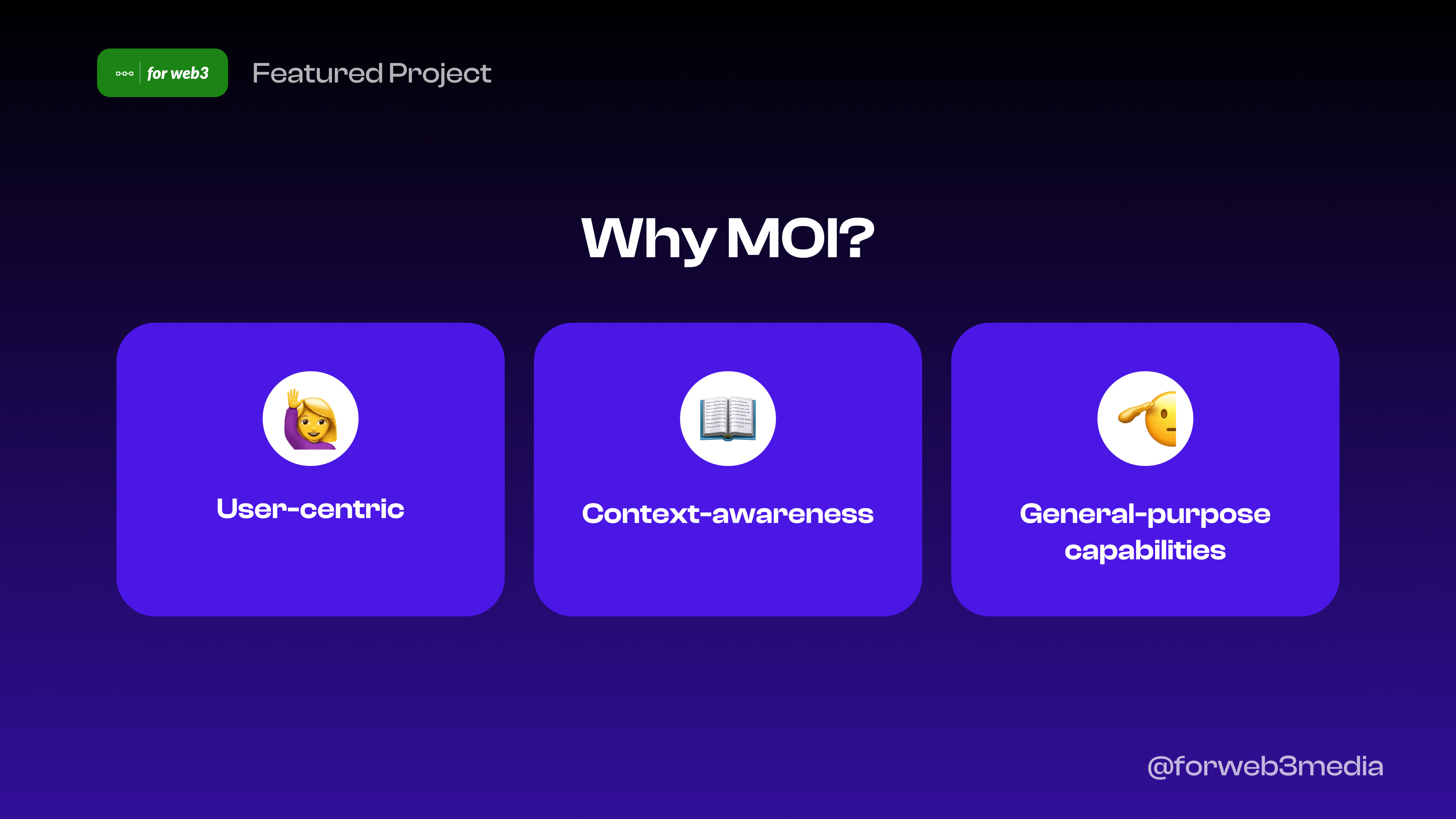
Here are some reasons why MOI Protocol stands out from other blockchains:
User-centric
Reiterating one of its core features, MOI Protocol forgoes unnecessary and complex side chains, shard chains, and bridges, and focuses solely on the participants. With hyperparallelism mechanism, complete user ownership, and personalization, it is simple and safe for users and developers alike.
Context-awareness
MOI Protocol enables context awareness to enhance the functionality and security of various applications and processes, while allowing users to work across networks easily and seamlessly. The context-aware capabilities ensure smooth operations, even in the presence of external factors, and enable more efficient and secure operations in blockchain-based applications.
General-purpose capabilities
MOI Protocol uses a patented ‘contextual compute’ model and ISM state machine replication technology, specifically built for the digital realm. This interaction-centric execution model and participant-centric state management enable MOI to support a wide range of applications, from DeFi and gaming to storage and Web3 computing.
Use cases of MOI Protocol
As a developer-oriented platform, MOI has the following use cases:
Safe DeFi
MOI enables secure peer-to-peer value transfers of any token or currency by decoupling code and value, significantly reducing security risks compared to traditional blockchain models.
P2P Gaming with Native Interoperability
MOI facilitates the seamless movement of gaming assets across multiple chains without complex bridges or connectors, simplifying the UX and enabling dynamic business models for game creators.
Practical Provenance
MOI addresses the limitations of traditional blockchain networks in supply chain management by decoupling identification, storage, and ledger components. This approach ties them together at the participant level, enabling more practical and comprehensive tracking of provenance for both state and data.
MOI Protocol Timeline
Having been around since 2017, MOI Protocol is not the usual Bull-Market visitor. It has built through the Bear and has witnessed a few bull-cycles of its own.
A concise look at the graph below of the entire timeline of MOI to get a better understanding of the project & developments over the year.
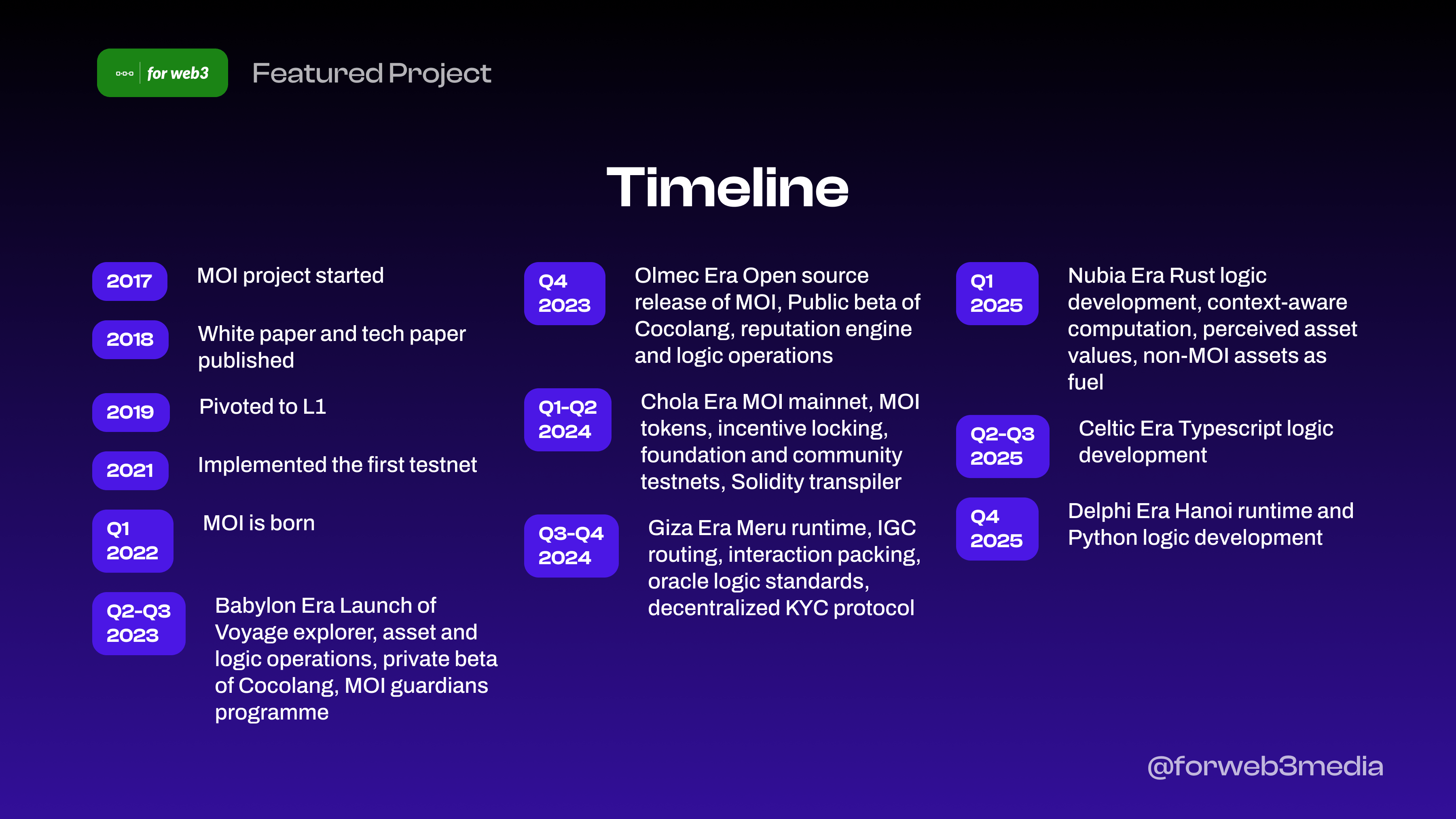
Conclusion
MOI protocol aims to revolutionize the way blockchain networks function by making them more user-centric, secure, and scalable. Its focus on context and participant-centric approach aims to deliver a more personalized, efficient, and secure digital experience in the blockchain world, akin to a tailor-made solution in digital interactions and asset management.
The end goal is to create a blockchain network that is adaptable to each user’s unique needs, ensuring a more democratic, equitable, and sustainable digital interaction environment.




